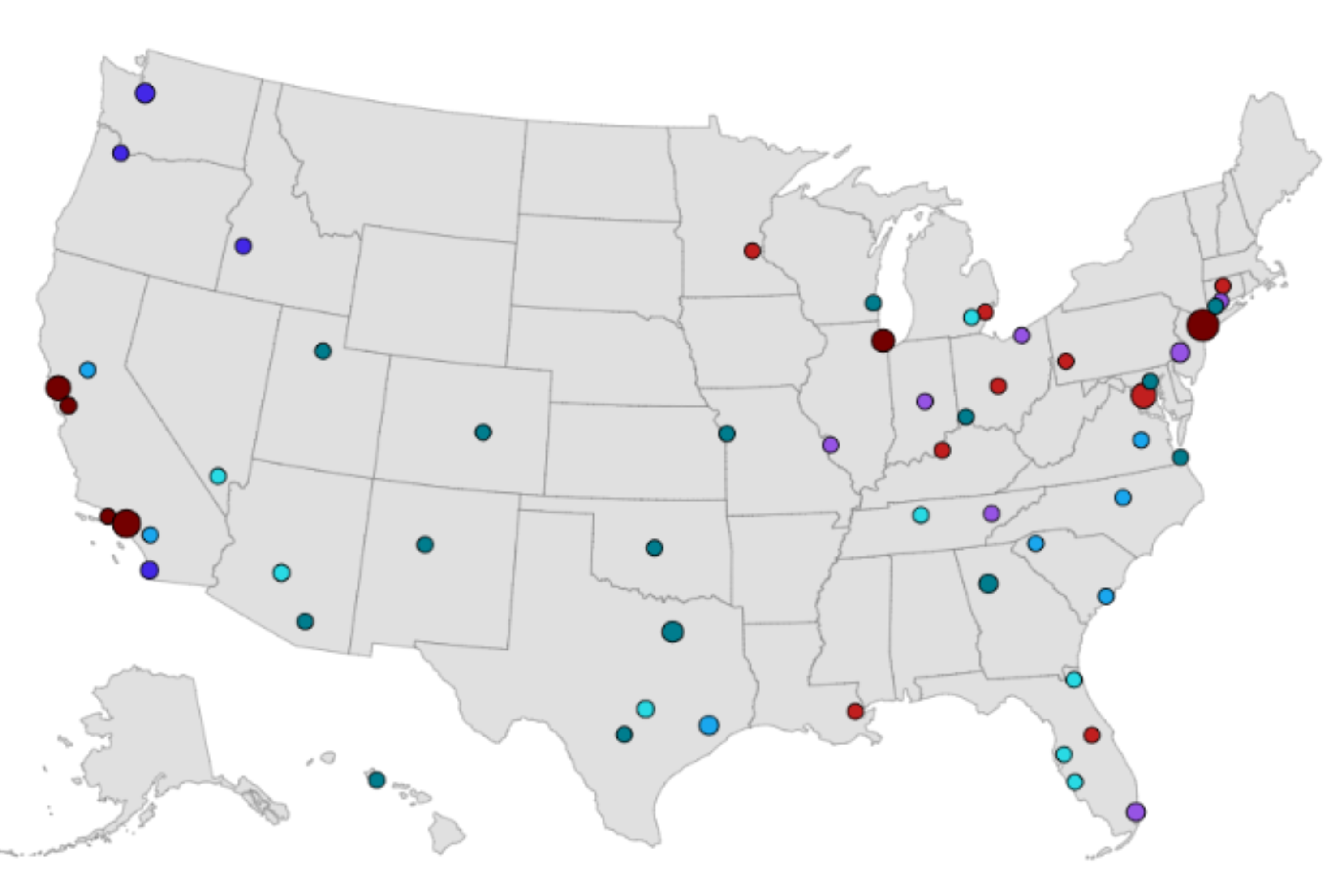A TikToker, who made a horrific discovery on returning to their home, has shared the video of what they saw, which seems to show a crack in a wall.
As the camera zooms in, however, it becomes clear that the crack is in fact hundreds of what appear to be insect larvae dangling from a mark on the ceiling.
In the video, under the username @_sour__milk_, the TikToker explains: "I've been wondering what this mark on my ceiling was for weeks now. But I just came home to this. Hundreds of worms dangling I'm so confused."

Many users offered help in the comments, with one user writing, "Tussock moths maybe? It's hard to see but the egg mass sort of looks like spongy moth (Lymantria dispar) eggs - but only if you're east US or Europe."
Another posted, "my mom's pantry has these moths that they get into all the seasonings and lay eggs and then turn into maggot worms it's sooo scary."
If the creatures in the video are pantry moth larvae, then they pose no threat to humans, but can certainly be harmful to your food, costing you money replacing your goods.
According to Our Daily Homestead website, "So, those 'worms' on your kitchen ceiling are actually moth larvae. But why are they up there?
"The larvae that you see crawling around your kitchen are fully grown, and they are looking for a safe place to pupate so they can become adults. To become a moth, they creep upward, often ending up in the crevices of walls and ceilings where they create their cocoon."
@_sour__milk_ I was gone for 4 hours and they spawned out of nowhere, help. . . . #worm #wormonastring #scream
♬ original sound - Morlk
The homesteading website adds: "They climb up to high places as they need to feed on old spider webs and dead bugs–the central part of their diet. Indian meal moth larvae thrive in warm, humid temperatures. Kitchens, with their regular infusions of heat and dampness, are perfect homes. As heat and damp will rise, they find your kitchen ceiling an inviting home."
These creatures can reproduce in three weeks, so it's important to deal with the issue straightaway.
Check your food for larvae and throw away anything that appears compromised. Check all folds and crevices of the packaging. Remember, these creatures can get into unopened packaging as well. It's then a good idea to deep-clean your pantry to make sure you get all the larvae.
Our Daily Homestead also recommends setting up pheromone traps to attract the males. These have sticky pads, catching the males so they cannot mate. "Place them in areas where you have seen the pests or in spots where there are high-risk items that you want to protect."
Newsweek has reached out to @_sour__milk_ for comment.
If you have a personal dilemma, let us know via life@newsweek.com. We can ask experts for advice on relationships, family, friends, money and work, and your story could be featured on Newsweek's "What Should I Do? section.
Uncommon Knowledge
Newsweek is committed to challenging conventional wisdom and finding connections in the search for common ground.
Newsweek is committed to challenging conventional wisdom and finding connections in the search for common ground.
About the writer
Leonie Helm is a Newsweek Life Reporter and is based in London, UK. Her focus is reporting on all things ... Read more
To read how Newsweek uses AI as a newsroom tool, Click here.








